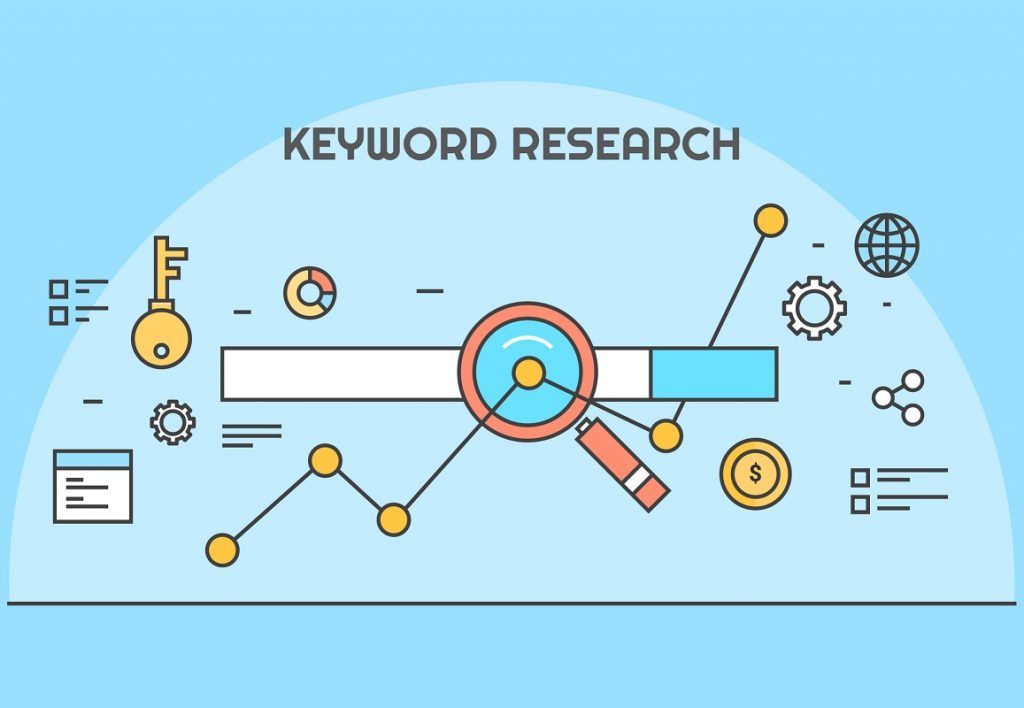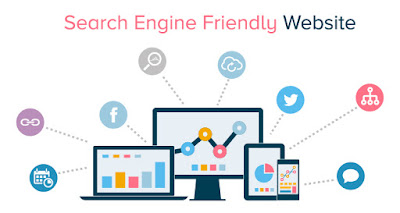by Jijitia Juby
E-commerce stores are gaining more popularity every day. The recent Google study states that customers have gone "from midnight snacking to midnight shopping." Online shopping has displayed a form of spending free time and also an exceptional way to save some time and money.
For e-commerce business owners, the demand for buying online (also via mobile devices) means two things. First of all, there’s no requirement for instructing customers about the pros of purchasing on the web, but on the other hand, the growth of the online shopping industry suggests not only more digital buyers but also more competition in the online ecosystem.
Dedicated landing page for the products:
Striking the equivalence between being design-focused and being conversion-focused is a complicated consideration to get right for any e-commerce site. Of course, you want your site to be branded, modern and sleek but you shouldn’t get lost in this. You require to consider the user-journey throughout the site and eventually, capturing those users to convert. The first place to get this right is on your homepage.
Use long-tail keywords:
Long-tail keywords are very pointed search phrases that contain three or more words. Consumers who search practicing a long-tail keyword typically know specifically what they’re contemplating to purchase, so a product page optimized for this has a colossal likelihood of attracting and converting a customer who’s ready to buy.
After doing extensive research, you’ll have a file of relevant keywords in your hand. You can then start the optimization method which means placing keywords throughout the whole website. The main keywords should be used in titles and reproduced naturally in the content; others should be positioned in image tags and meta descriptions.
Optimized for search engines:
Search engine optimization (SEO) is the practice of getting a website rank above in the search engine results pages (SERPs). When a user types a word or phrase into a search engine, a complex algorithm returns a list of web pages. They are all ranked so that the most appropriate results appear at the top of a page. The most traffic – more than 60% – goes to the first three prime positions on the first SERP.
Get quality backlinks using off page optimization:
Off-page SEO techniques include building links from other parts of the web to your site. In the past, e-commerce site managers would scatter links to their site all over directories, forums, and comments sections, as well as buy links on other sites. These link building procedures are punished by search engines these days, which means that you require taking a separate approach.
Current off-page SEO techniques focus on building relationships, not links. It’s better for you to reach out to your customer base through social media. If you create interesting content and distribute it with your followers on Facebook and Twitter, the customers you are interacting with may share the content on their blogs or in other communities – this way links will be organized naturally.
Each time someone senses your store from an external website you just gained a backlink! And you should keep going and try to receive more of them. The reason why backlinks are so essential in SEO is that search engines determine the popularity of a website by some backlinks it has gained.
Use search-friendly URLs:
Every URL needs to be unique and optimized for the page’s main keyword. Relevantly titled URLs tell Google what the page is about while giving visitors helpful information. Use the following URL structure for section and product pages:
Category page: website.com/category/
Sub-category page: website.com/category/sub-category/
Product page: website.com/category-sub-category/product-name/
Conclusion: Improving the performance of your eCommerce website is an ongoing process that needs you to stay current with SEO best practices. Frequently test your site for errors, continue to analyze keywords and competitors, closely monitor Google’s algorithm updates, and make the required changes to optimize your site and rise in the rankings. Lastly, spend the time and resources to make every product page truly unique, and focus on producing compelling content that provides users with an amazing shopping experience. Both your users and the search engines will reward you for it
Original Source: http://www.articlebiz.com/article/1051651208-1-ways-to-optimise-an-ecommerce-store/
Have a great day! 😃
Laptop Lifestyle Living
- Design A Life You Love!
Watch us on YouTube | Find us on Facebook | Follow us on Twitter
Join us on Instagram | Sign up to the Blog
Want some Help? Download you FREE Cheatsheets here:
==> 7 Ways to Explode Your Business Online <==
==> 23 Ways to Boost Your Business Income TODAY <==
Watch us on YouTube | Find us on Facebook | Follow us on Twitter
Join us on Instagram | Sign up to the Blog
Want some Help? Download you FREE Cheatsheets here:
==> 7 Ways to Explode Your Business Online <==
==> 23 Ways to Boost Your Business Income TODAY <==








No comments:
Post a Comment